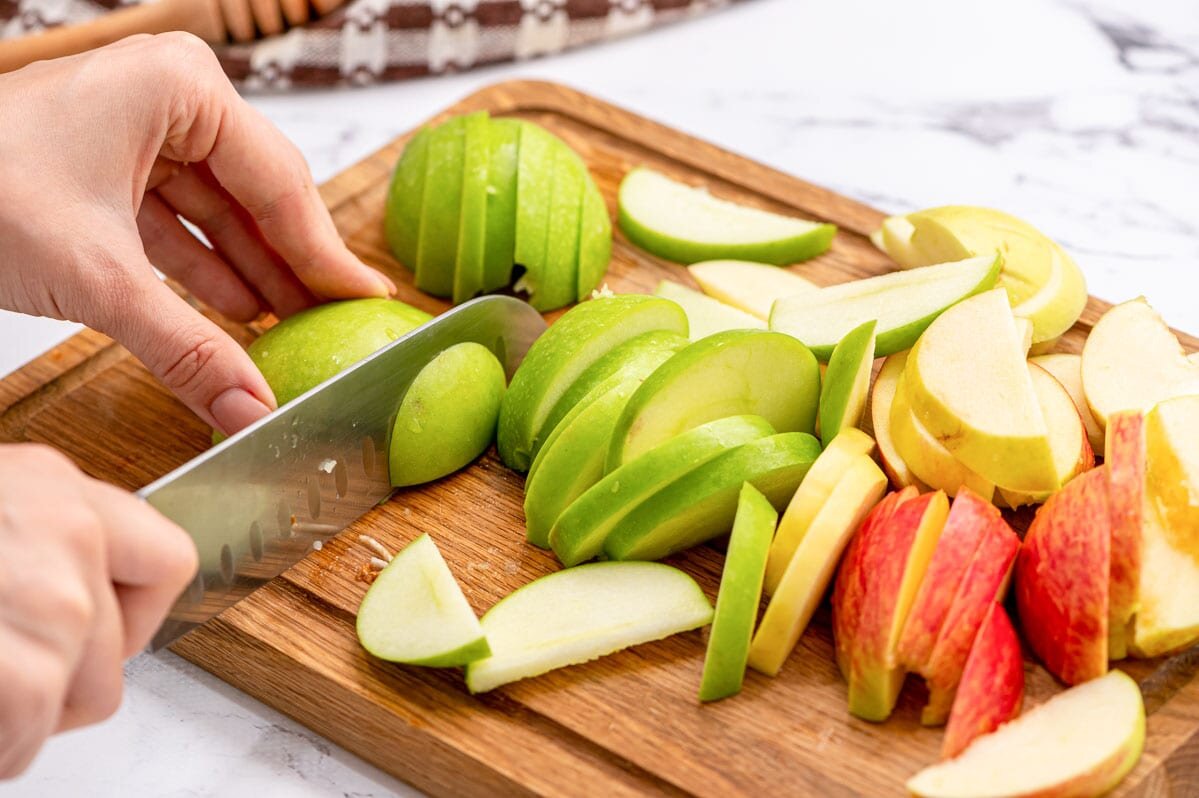How many veggies can you hide in plain sight?
We're sure that somewhere along the line, someone has probably lied and told you that carbohydrates aren't good for you. This is a terrible falsehood and should be thoroughly debunked, but we're not on board with turning this blog into a soapbox (at least, not right now). Carbs are necessary for normal metabolic function - but those common, refined carbs are really not the best source, especially if you have certain other health concerns. Here's a relatively simple recipe to get you three servings of veggies, one of them disguised as a processed carbohydrate!
Assuming you haven't already met, allow us to introduce you to a relatively new addition to your grocer's freezer section: riced cauliflower. If you're not familiar with it, it's simply tiny little chunks of cauliflower, snipped into the rough shape of grains of rice. It cooks up about the same as rice, but it's only about 2 grams of net carb in a cup, versus the 40+ grams found in regular white rice.
Stuff some of this in a hollowed out pepper, with some onion and tomato, and there's three of your recommended five servings of veggies for the day! Look at you, being all responsible and stuff.
Ingredients:
2 12 ounce bags frozen riced cauliflower
1 tablespoon vegetable oil (or whatever cooking oil you have handy)
2 Roma tomatoes
1 yellow onion
1 8 ounce can tomato sauce
4 cups chicken broth
1 teaspoon salt
1 teaspoon pepper
2 teaspoons dried parsley
1 teaspoon minced garlic
1/2 teaspoon onion powder
1/2 teaspoon turmeric
1/2 teaspoon ground cumin
4 medium bell peppers
4 slices provolone cheese
Tools:
Measuring spoons, knife, cutting board, slotted spoon, baking dish, aluminum foil, large frying pan or sauce pan with lid
First, cut the tops off your peppers, discard the tops and the seeds, and set the peppers aside, right side up, in your baking dish. Add about a quarter inch of water to the bottom of the baking dish (this will help avoid them drying out while baking).
Now that your cutting board is clear, chop up your onions and tomatoes. Cut them as large or as small as you like; if you don't appreciate big chunks of veggies, you might even consider tossing them through a food processor. We, however, generally like the variation in texture large chunks of veggies bring to the dish.
Start your oil heating in the frying pan or sauce pan over medium heat. Pour in your riced cauliflower and sear it in the oil.
We like to use the time while it's searing to measure out spices, but feel free to chill for a few minutes instead and just measure your spices directly into the pan later.
Once you've got your cauliflower mostly defrosted and searing, add the tomato and onion, as well as your minced garlic, give it a stir and place the lid on it. Stir frequently while they're cooking to prevent any of them sticking to the pan.
After things start looking like they're about cooked, pour in your can of tomato sauce, your chicken broth and all those spices you've measured out (or are still in the process of measuring, whichever). Give everything a good stir. It's going to look like the veggies are drowning in all that liquid - we know, it's normal. Don't fret. It will reduce, we promise.
Allow this to simmer (uncovered!) about 20 to 25 minutes, stirring occasionally. It may need more or less time, depending on how big of a burner you have this pan sitting on. The goal is for the veggies to have absorbed most of the liquid, but for there to be just a little left to prevent sticking to the pan, and to optionally use as sauce in/on the peppers.
Once everything has simmered down to where you'd like it to be, remove it from the heat. Maybe start your oven preheating to 350 while you're standing there, and save yourself a minute or two later on.
Grab a slotted spoon and transfer your veggie mixture to the hollowed out peppers. There should be enough to fill those peppers up to the very top. If you've got liquid left over in the sauce pan, feel free to drizzle it over the peppers at this point.
Cover the baking dish with a layer of aluminum foil and pop it in the oven for about half an hour. Half an hour yields a pretty crunchy pepper - so if you'd prefer something you can cut with a fork, you might want to lower the heat and lengthen your covered cook time.
After your half hour (or more, depending on preference) is up, remove the foil cover, place a slice of provolone cheese on top of each stuffed pepper, and bake ten or so more minutes - long enough to get the cheese all melted and browned and bubbly (AKA the best way to serve cheese).
Enjoy your veggies!
If you opt to make this week’s meal, let us know in the comments below or over on our Facebook! We’d love to hear from you and see the results.
If on the other hand you need your oven fixed, or any of your other major appliances, we can help. Just call us at ((214) 599-0055) or make an appointment over at our website. We aim to be the most reliable appliance repair in Coppell and the surrounding areas, and we want to keep your home running smoothly. Whether that’s an oven that won’t heat right for making cookies, or a washing machine that won’t drain right, we’re here to help.




